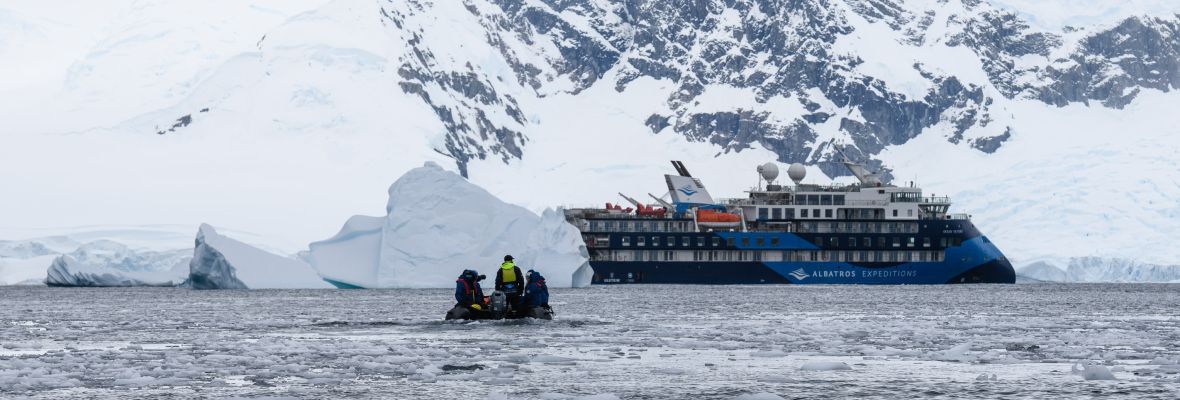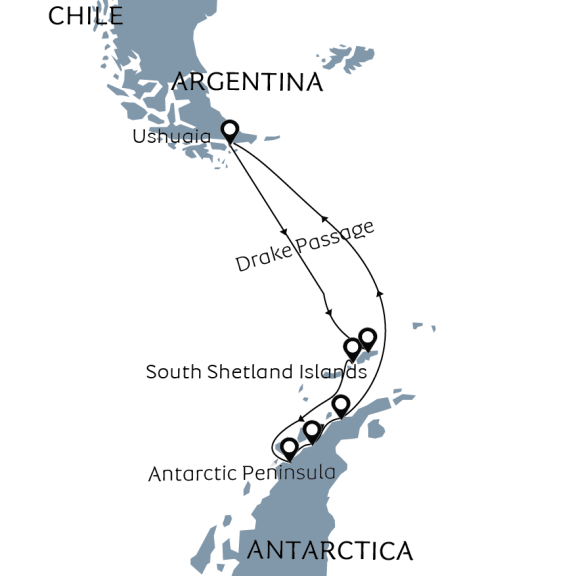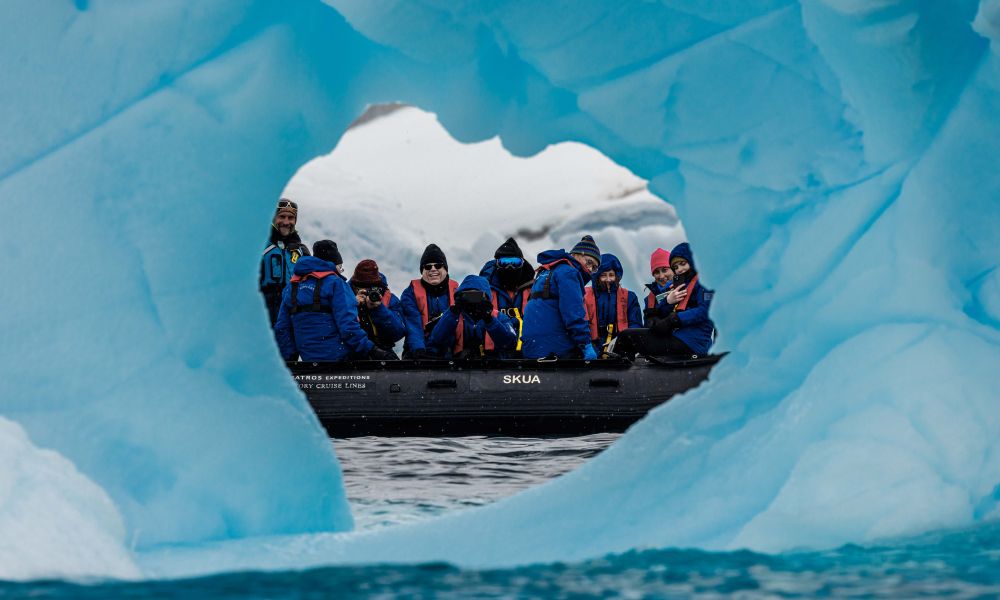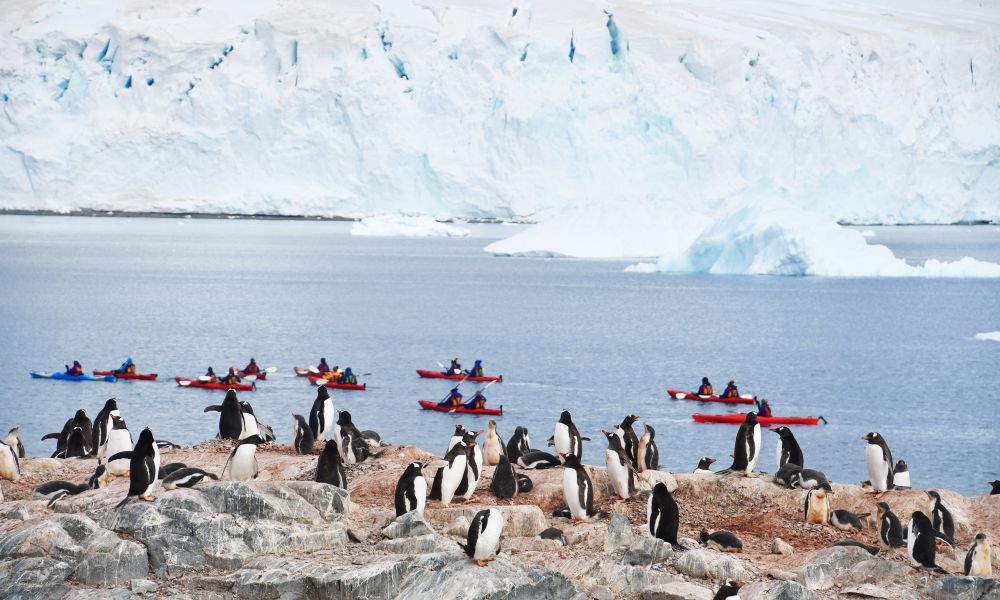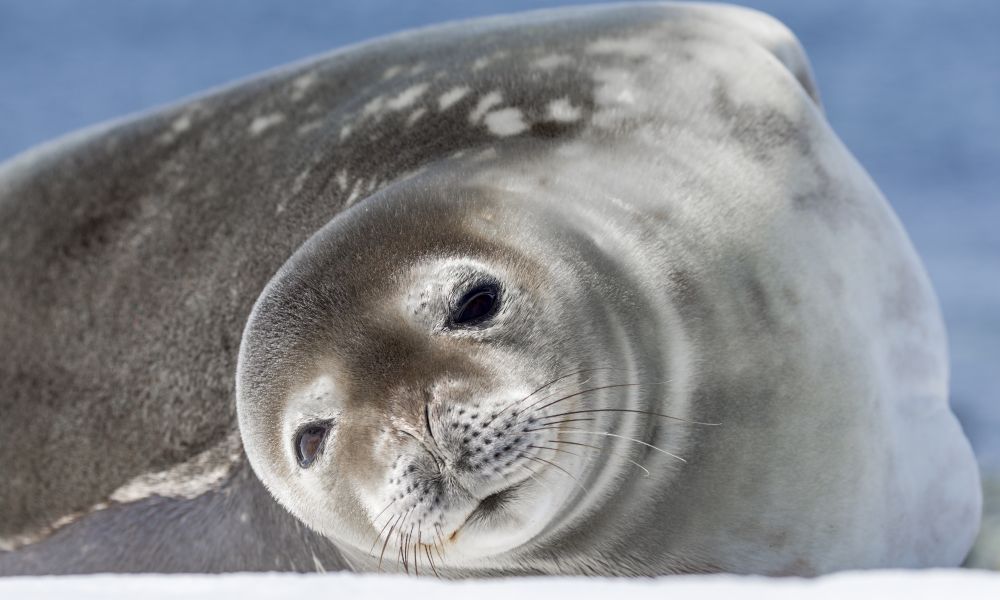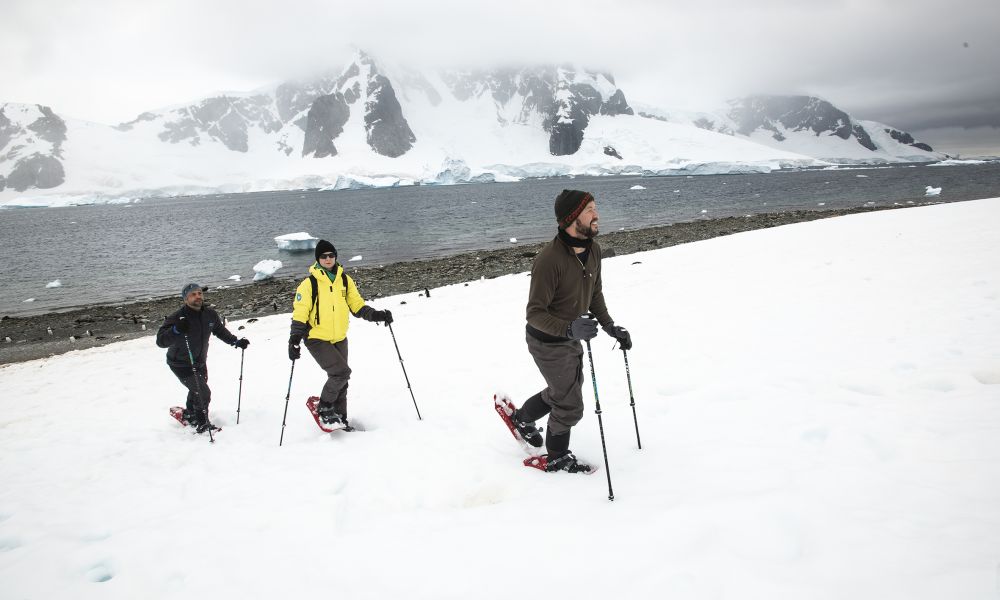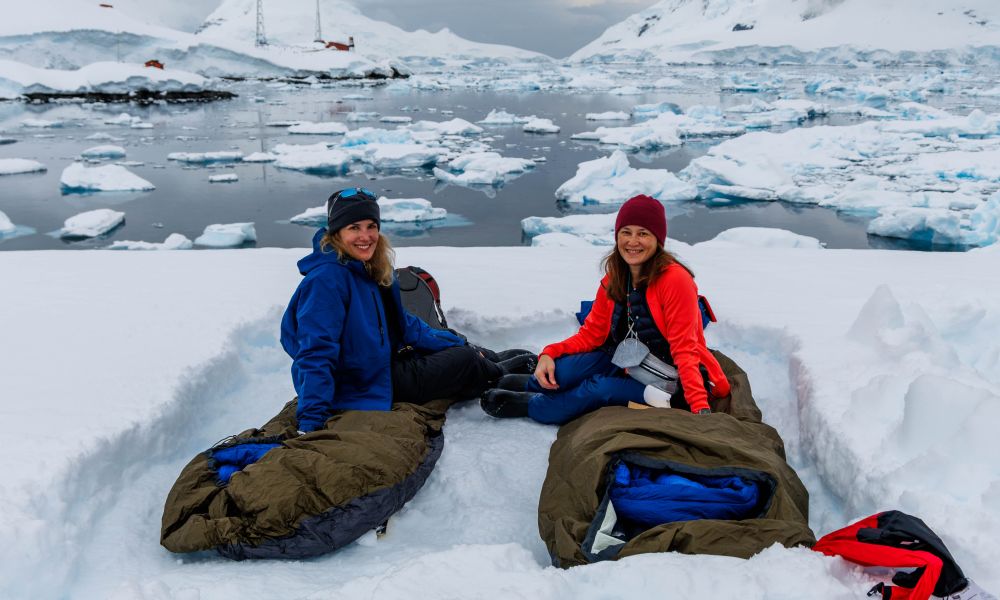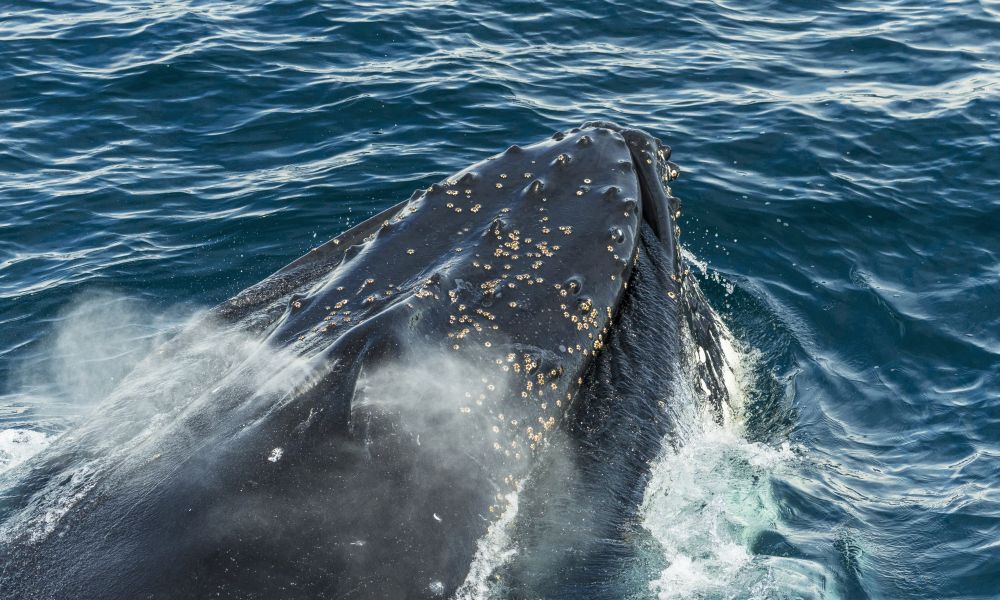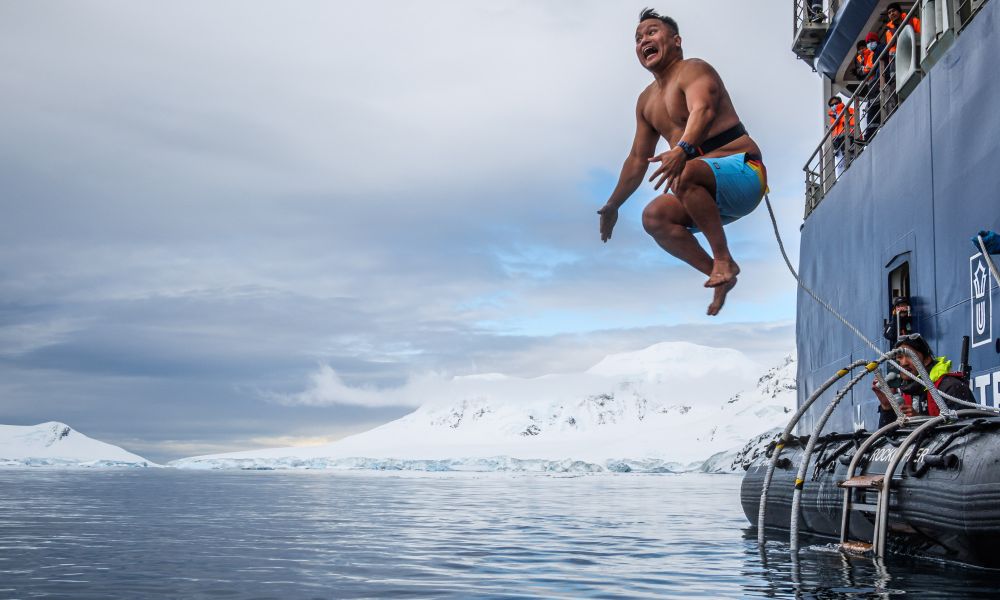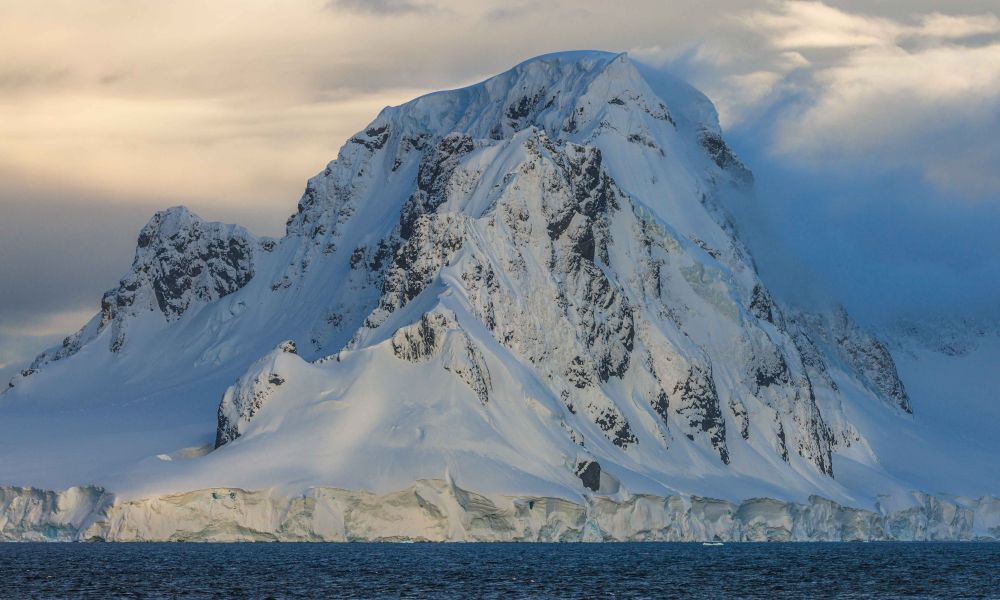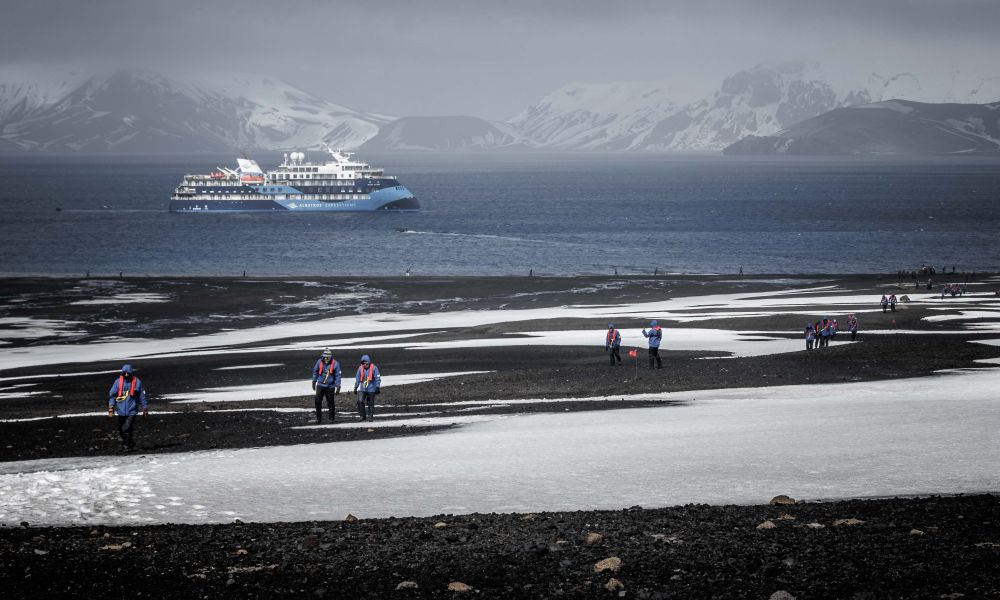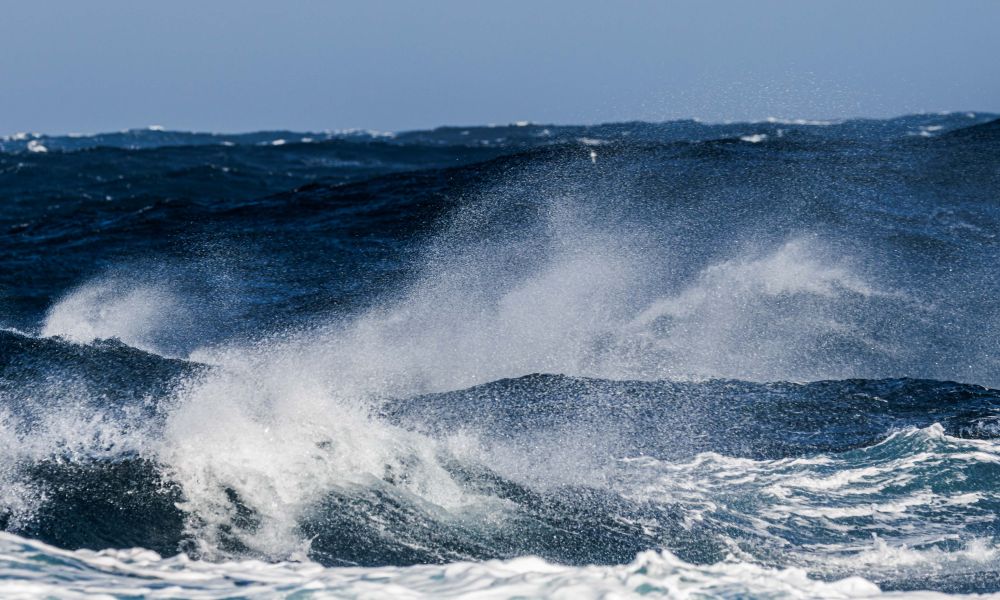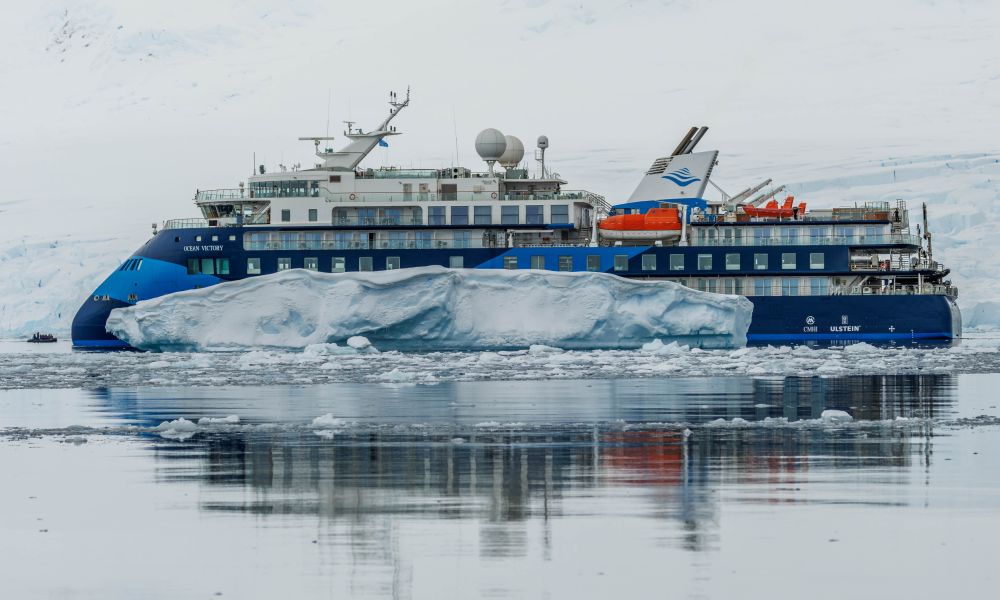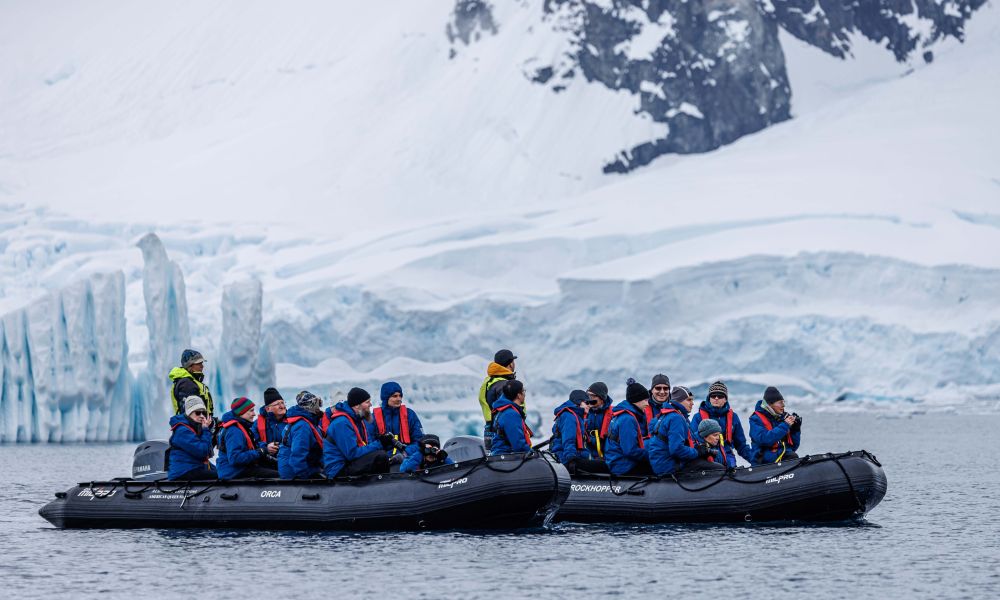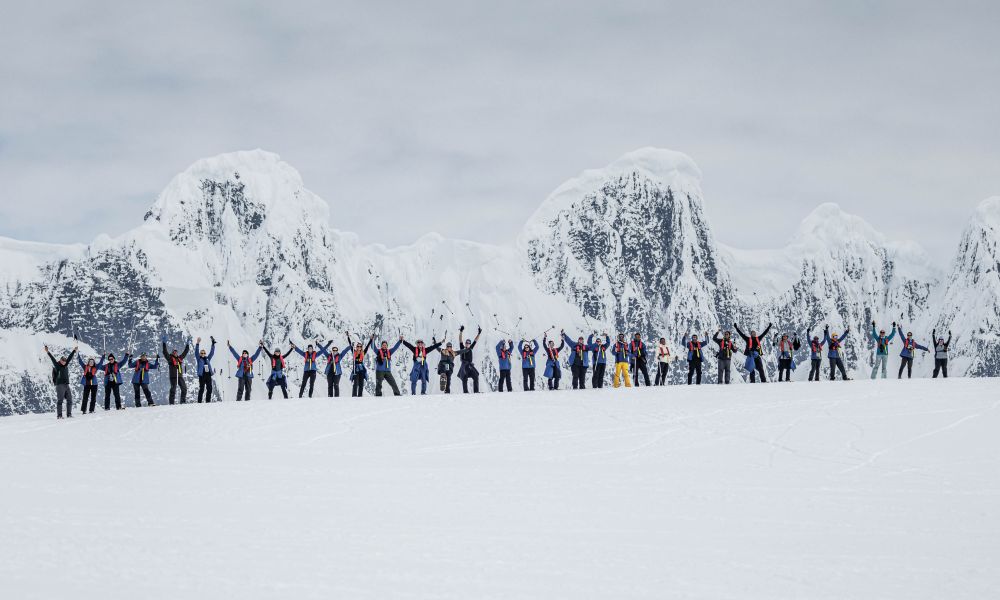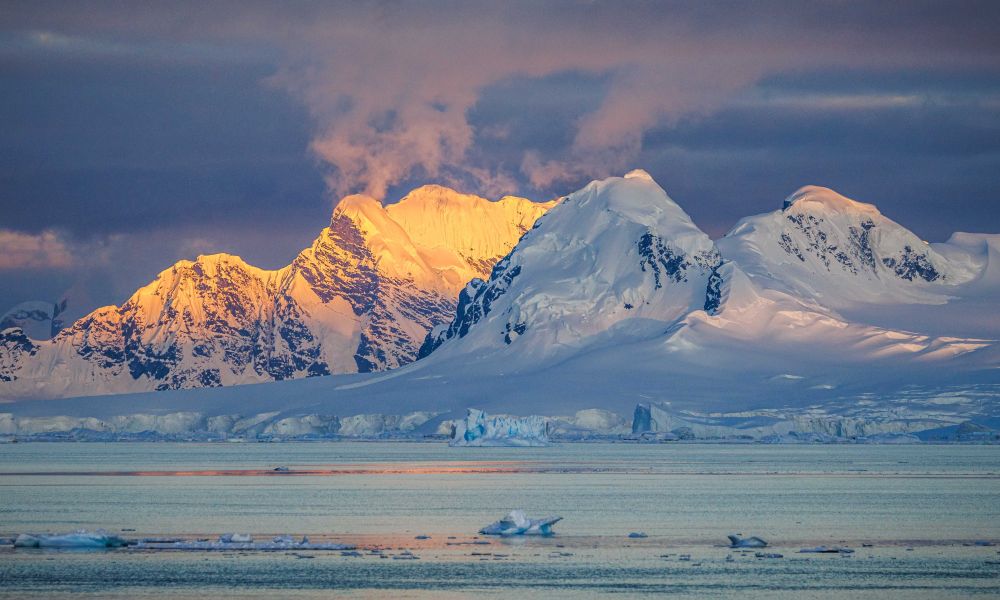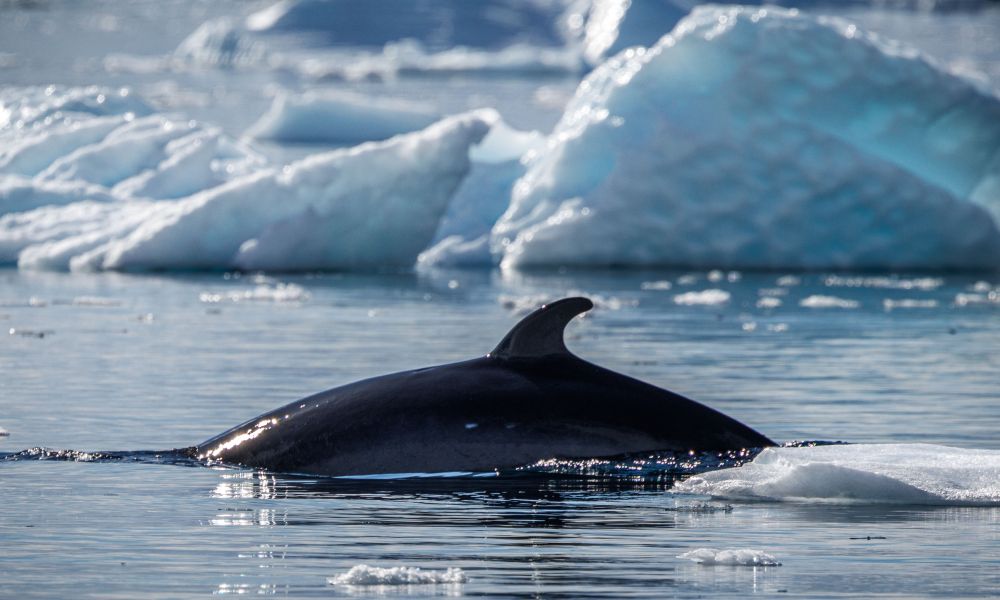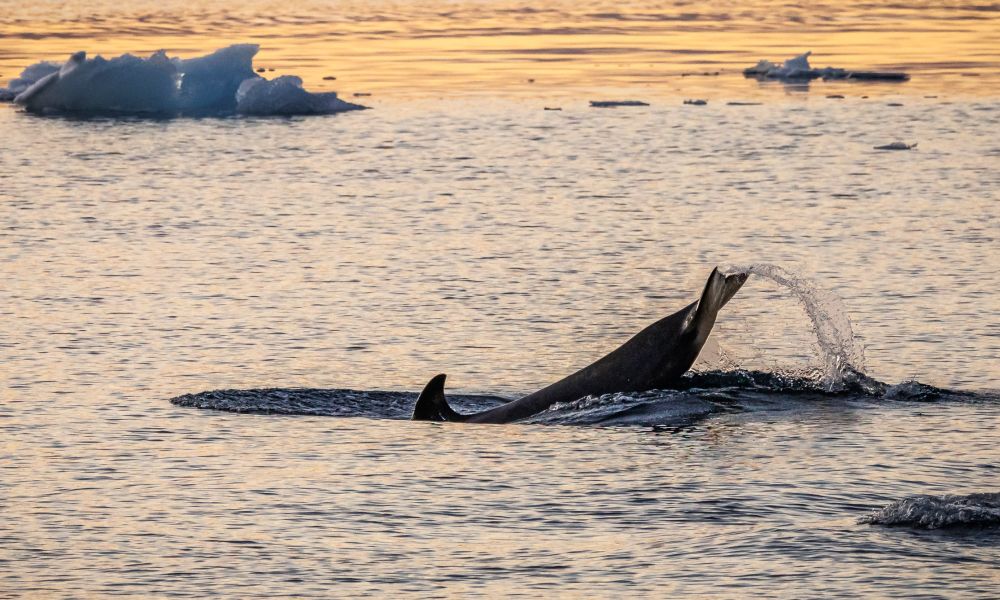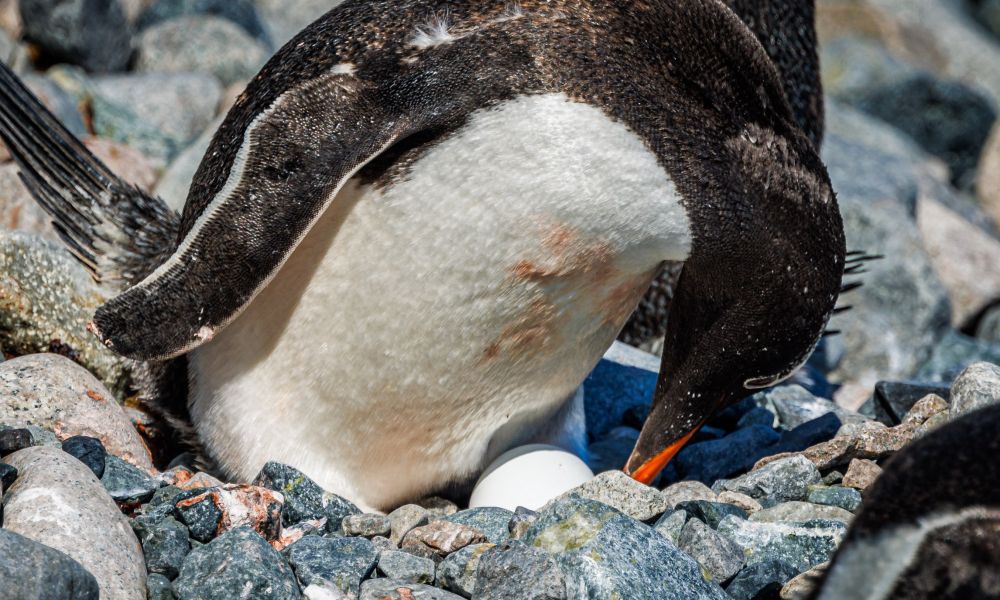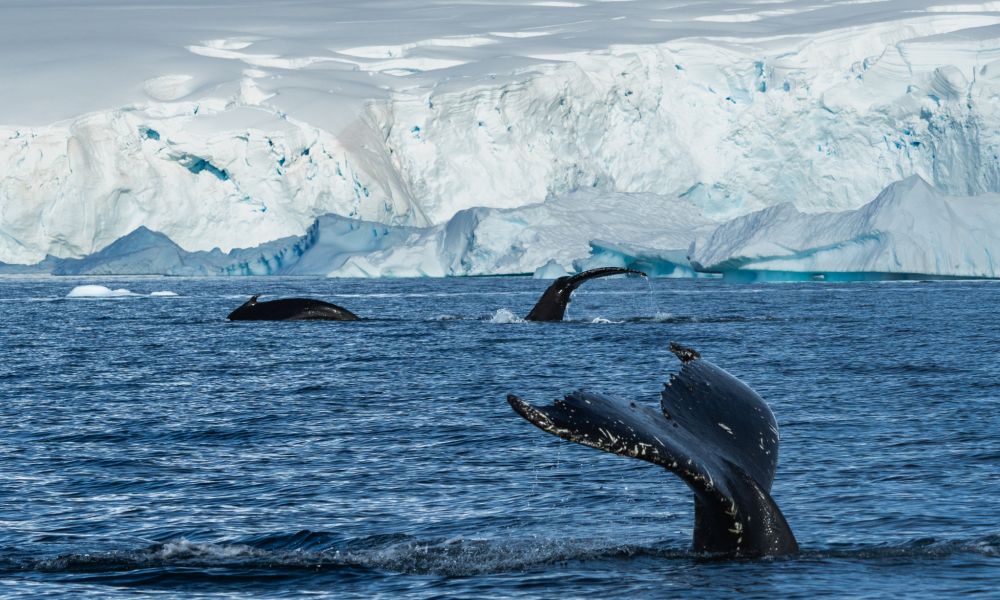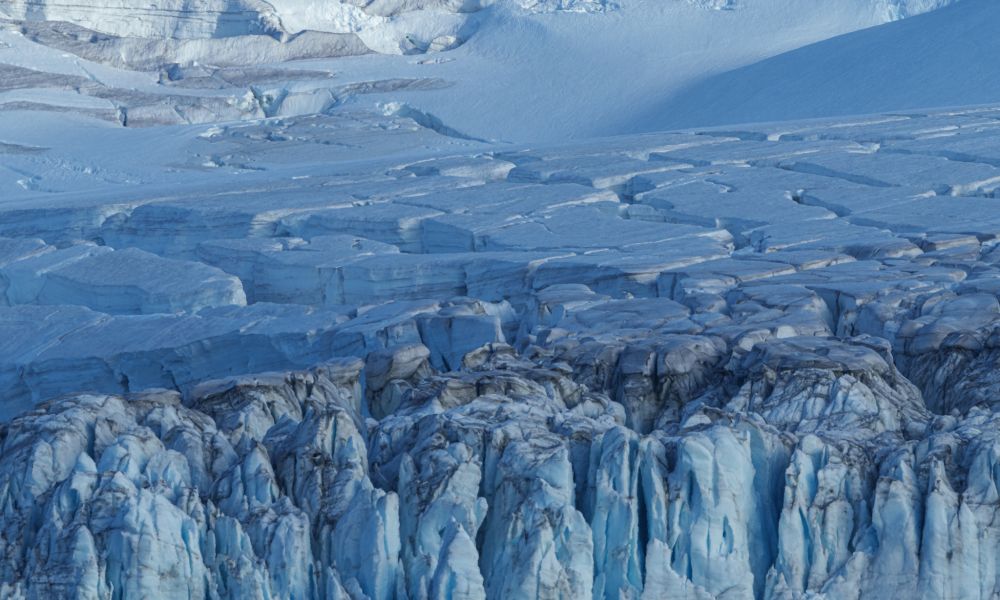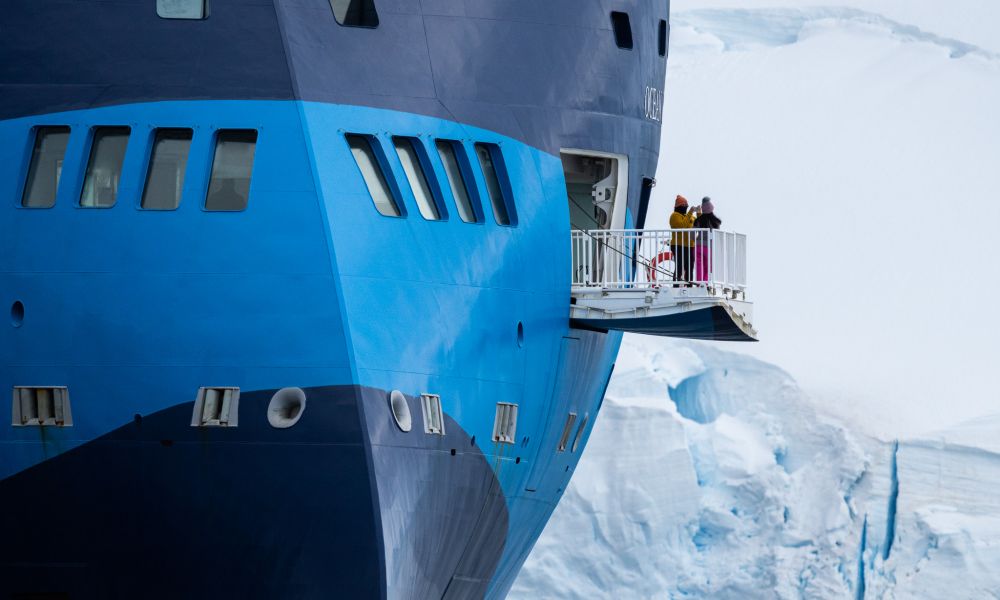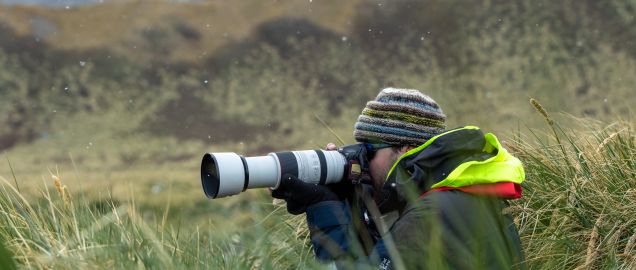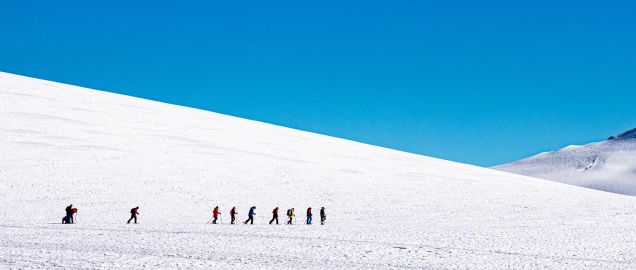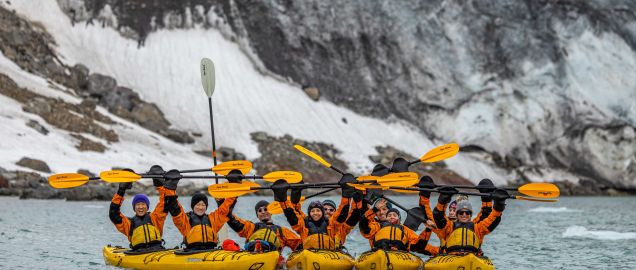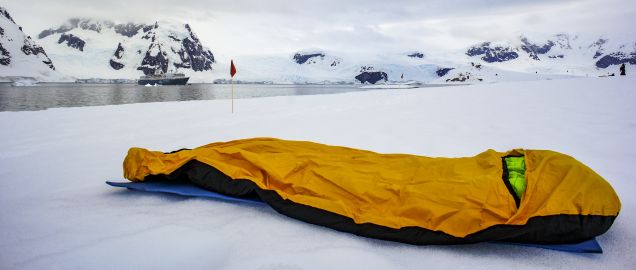Exciting changes are on the way!
As part of our merger with Polar Latitudes, we’re refreshing key elements of our website to reflect this new chapter. Discover more in our latest news update.
For centuries, the legendary White Continent has captured the imagination of explorers worldwide, enticing modern adventurers with its awe-inspiring wildlife, breathtaking landscapes, and colossal icebergs. Embark on a thrilling 9-day expedition to the Antarctic Peninsula and immerse yourself in action-packed spring days on the Last Continent.
Join us onboard our purpose-built, ice-class expedition vessels, Ocean Victory and Ocean Albatros to experience the majesty and wonder of Earth's last frontier up close and personal. Our vessels enable us to get closer to nature, with a fleet of Zodiac landing craft, a team of experienced expert expedition guides, and the Antarctic Peninsula as our spectacular destination.
Departing Argentina's southernmost city of Ushuaia, we cross the mighty Drake Passage en-route to the South Shetland Islands, aiming to arrive on the afternoon of the third day of our voyage (weather permitting). The unique X-Bow design of our expedition vessels offers exceptional stability at sea, giving you a smoother ride across some of Earth's most challenging waters, while the vessels' speed allows us to maximise our time in Antarctica to offer a superlative exploration experience.
Continuing southward, we will delve deeper into the inlets and bays of the Antarctic Peninsula, entering the famous Gerlache Strait, where glittering ice cliffs and precipitous peaks rise straight out of the frigid water. Icebergs, glaciers, mountains and rugged snowfields characterise this wildly beautiful landscape. Our skilled Captain and Expedition Leader will work hard to maximise opportunities to explore the White Continent. While wind, sea and ice conditions will dictate the exact locations we will visit, we will make Zodiac landings to allow guests to set foot on land and experience penguin rookeries, spectacular landscapes and historical sites, and aim to Zodiac cruise in scenic areas filled with giant icebergs, whales and seals. We always aim to visit locations which showcase the best of Antarctica; while wildlife sighting are of course subject to the whims of Mother Nature, a variety of penguin, whale and seal species can all be found in this inhospitable wilderness. Jaw-dropping scenery and landscapes are guaranteed!
Any voyage to Antarctica is an adventure, but visiting in the early spring offers unique experiences. See penguins coming ashore to build their nests, and compete for mates. Marvel at the snowy untouched landscapes, and experience the magic of spring sunsets over the frozen mountains. With an average occupancy of 175 guests aboard Ocean Victory and Ocean Albatros, our cruises offer a unique experience for the brave few. Experience the Antarctic Spring with us!
Facts about Highlights of the Southern Spring (2026-2027 Season)
- Antarctica
- Season 2026/27



